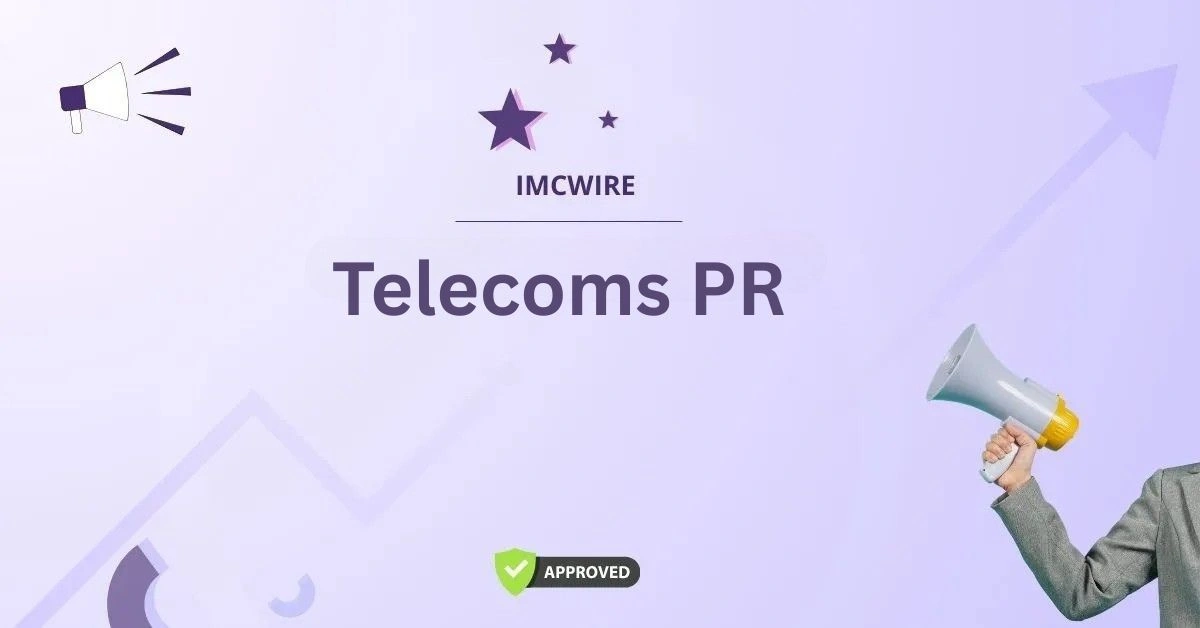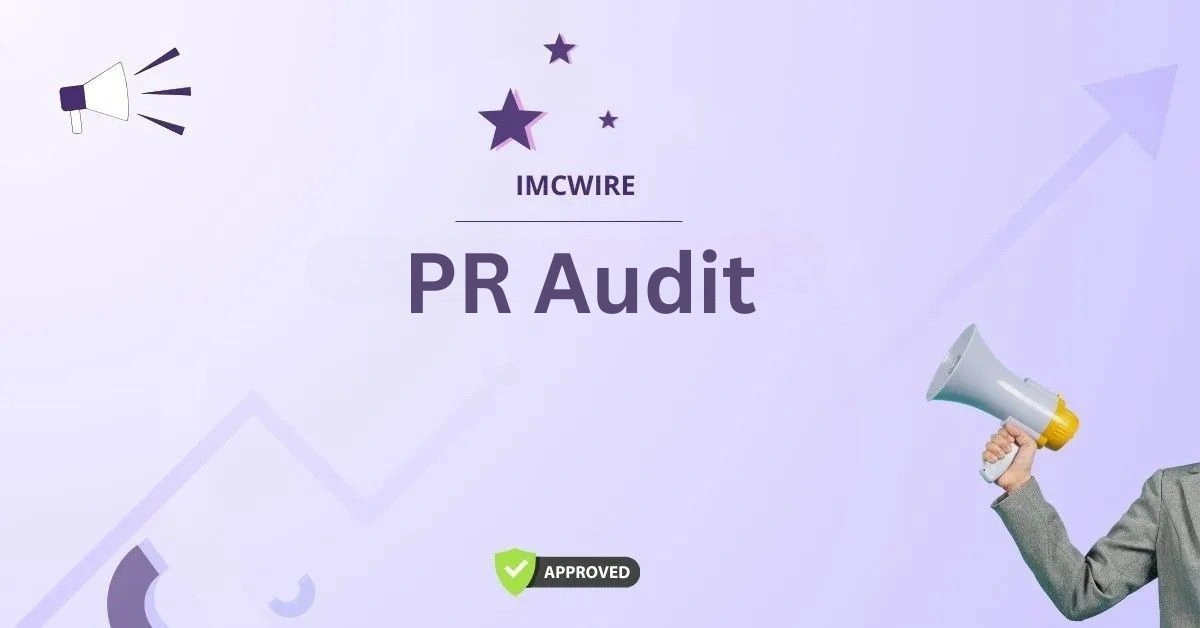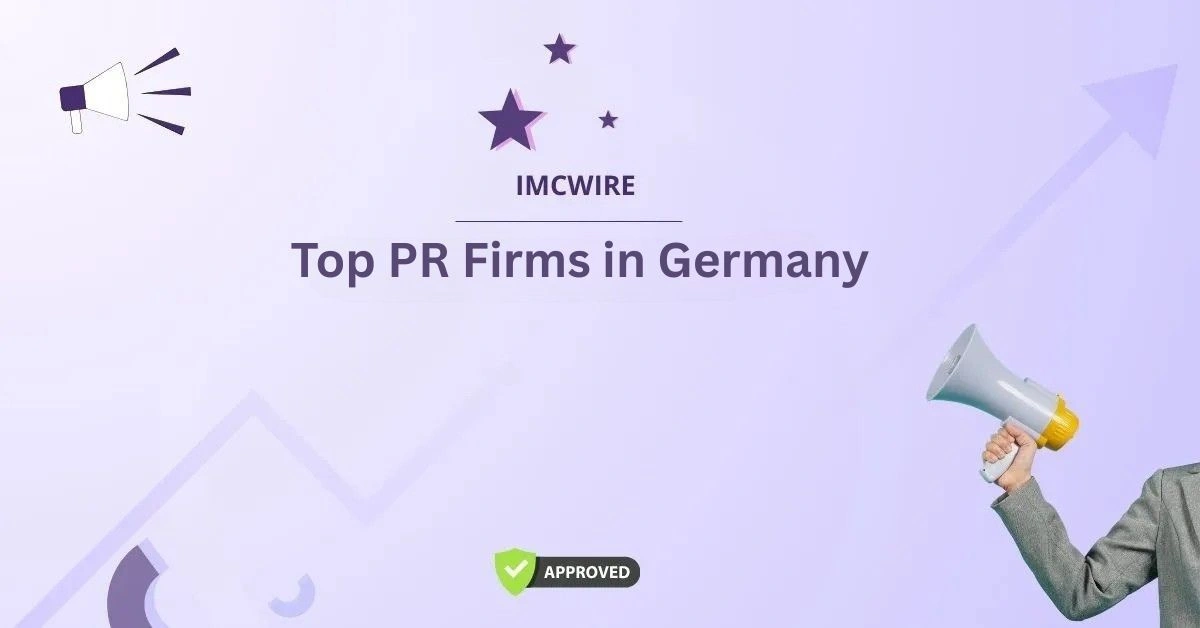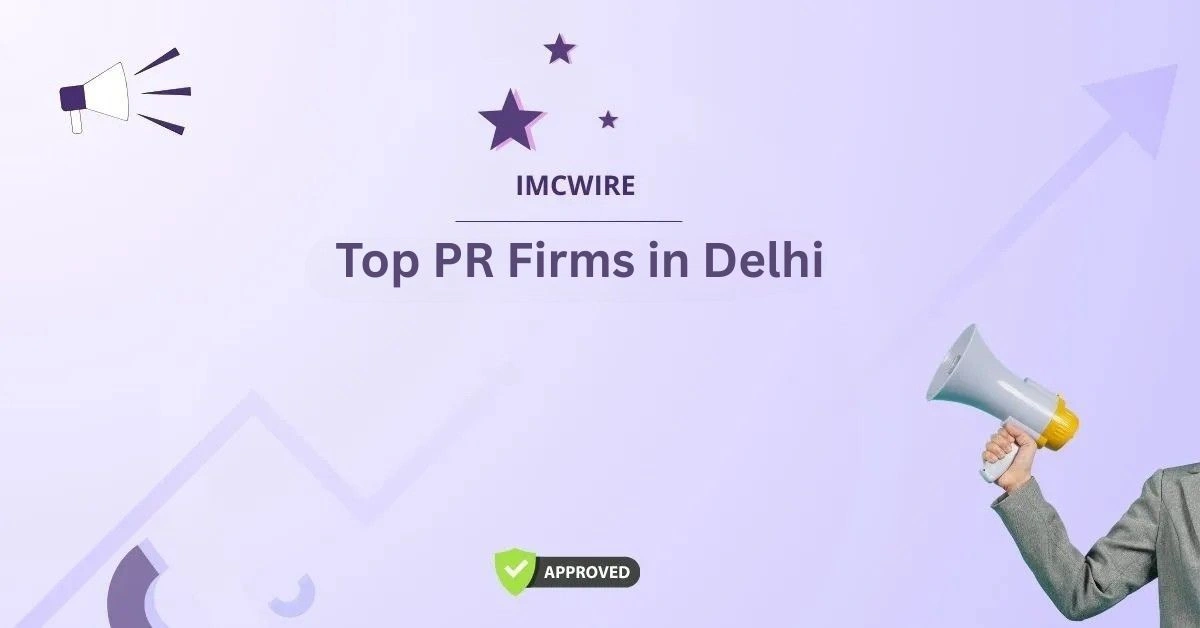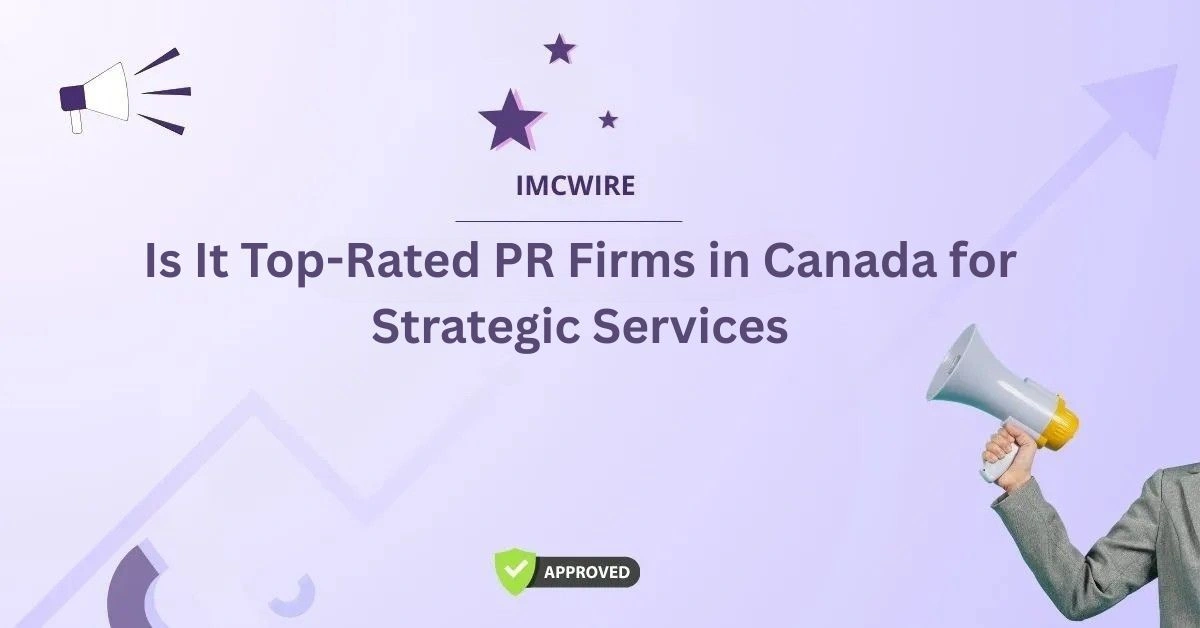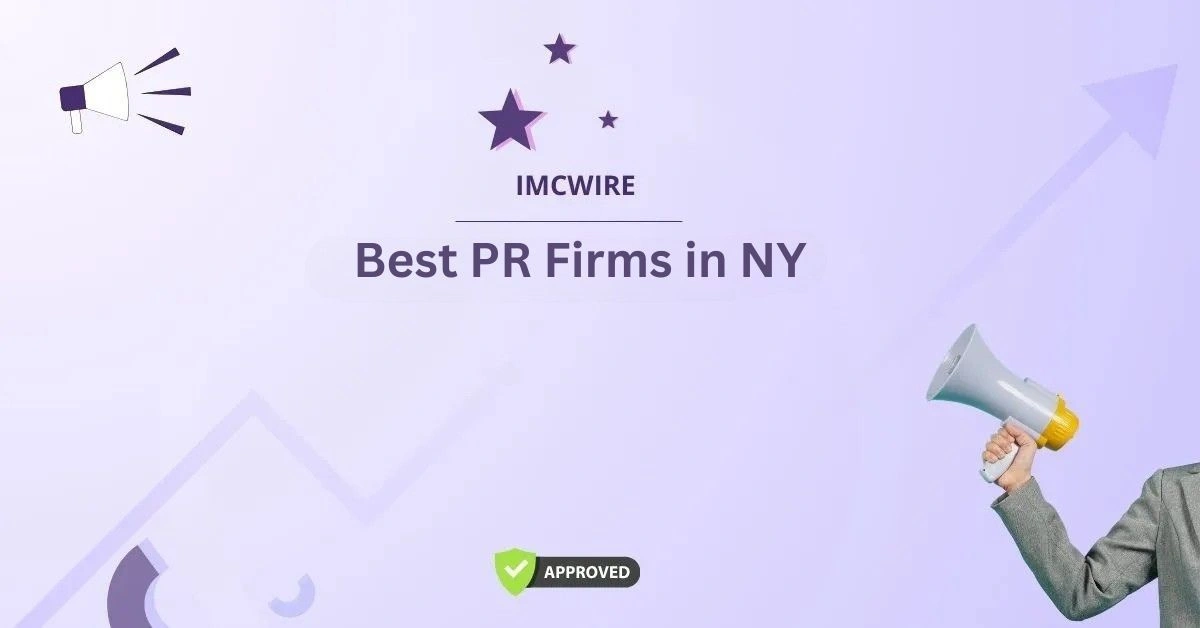 Hayden.Hunt
Hayden.Hunt
The Impact of Social Media in Public Relations Boost Your Brand Visibility
Social Media in Public Relations
Is It Top-Rated PR Firms in Canada for Strategic Services IMCWire Leads the Way
Is It Top-Rated PR Firms in Canada for Strategic Services
Best Tech PR Communications Firms in London Why IMCWire Leads the Pack
Best Tech PR Communications Firms in London

